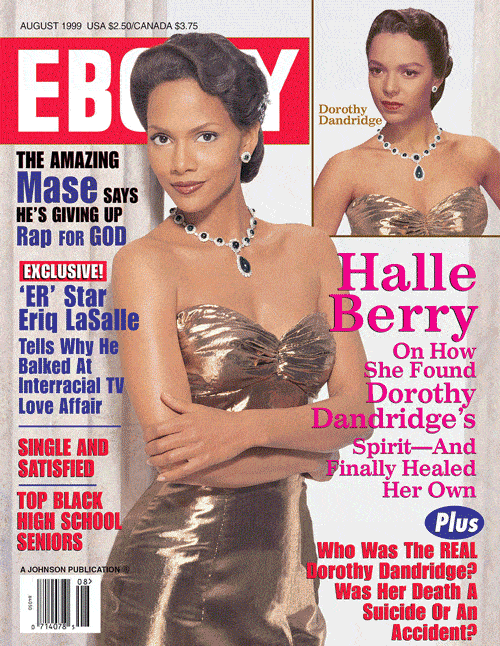[ad_1]
The African-Americans of the 1990s
Despite the technological advances that gave us widespread personal cell phone usage, the internet, email and the dotcom boom, the ’90s got off to a rough start for the nearly 30 million Blacks in America, particularly for those who lived in South Central Los Angeles.
Three days into March 1991, one of the most savage beatings ever caught on camera was broadcast on air and online. Unarmed Black motorist Rodney King was pulled over by police, ordered out of his car and beaten by multiple officers as others stood by watching. A bystander filmed the encounter and submitted it to local news stations. Viewers were shocked and appalled at the brutality of LAPD officers. After those who stood trial for King’s attack were acquitted just over a year later, South Central erupted into riots that lasted five days. Race relations collapsed. Thousands were left demoralized and wondering what would happen next.
Congress would pass the Civil Rights Act of 1991 and the Hate Crime Enhancement Act of 1994. James Byrd Jr. would be dragged to death by White supremacist thugs in Texas. Washington, D.C., would see its first African-American female mayor, while Kansas City, Missouri; Memphis, Tennessee; Denver; Houston; St. Louis; Dallas; and Jackson, Mississippi, would all break the color barrier for the first time in their respective mayoral elections. Carol Moseley Braun of Illinois would become the first African-American woman elected to the U.S. Senate. Dr. Mae Jamison would become the first African-American woman in space aboard the shuttle Endeavor. Tiger Woods would become the youngest person and the first African-American to win the Masters Tournament in Augusta, Georgia. Black churches all over the South would be mysteriously torched and no one arrested for the crimes.
EBONY was present for many milestones, mirroring the sentiments of African-Americans as we questioned our identity in the face of “The New Racism,” working motherhood, the ever- changing landscape of interracial dating and Black love in the wake of Magic Johnson’s HIV announcement, and cultural appropriation of our music, lips and butts. Both Nelson Mandela and Rwanda would capture our attention. And although gangsta rap made significant headway in the world, it would get “no shine” on the pages of EBONY.
The biggest African-American celebrities continued to appear on EBONY’s covers, including Janet Jackson, Michael Jordan, Tina Turner, Tiger Woods, Whitney Houston, Prince, Michael Jackson, Toni Braxton, Halle Berry and Wesley Snipes. All willingly shared their worldviews and their personal lives.
In this era of relearning and redetermining what constituted the identity of the African- American, EBONY helped its readers make sense of our experiences and to challenge our presumptions about the present while engendering hope for the future.
BLACK HISTORY FROM THE PAGES OF EBONY
VIEW THE ENTIRE BLACK HISTORY MONTH SERIES
AFRICAN-AMERICANS IN THE OBAMA ERA
THE AFRICAN-AMERICANS OF THE 1990S
THE BLACK AMERICANS OF THE 1980S
[ad_2]
Source link

